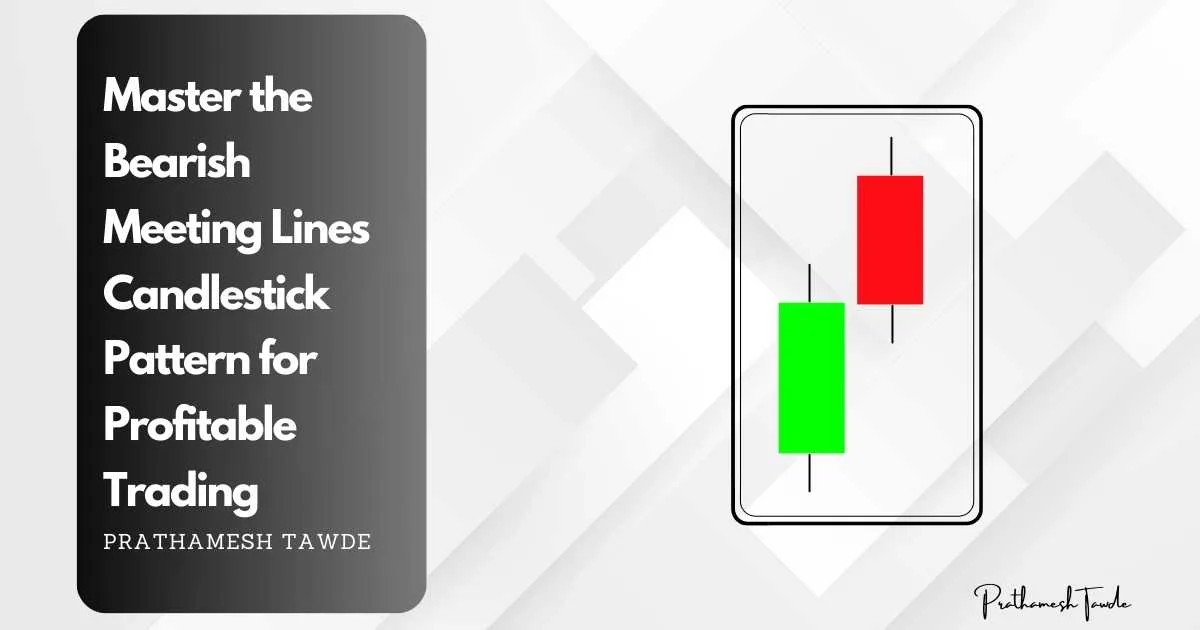Mastering the Triple Bottom Pattern: A Comprehensive Guide
- Prathamesh Tawde
- December 16, 2023
Introduction
Trading is dynamic. Understanding chart patterns is crucial for making informed decisions. One such pattern is the Triple Bottom. It stands out for its reliability. It is effective at predicting bullish reversals. This guide will delve into the details of the pattern. It will offer insights that can boost your trading strategy.
What is a triple bottom pattern?
Definition
The Triple Bottom pattern signifies a bullish reversal in the market. It usually signals the end of a downtrend and the start of an uptrend. It has three distinct lows. They are roughly at the same price. Then, there is a breakout above the resistance.
Significance in Trading
The Triple Bottom pattern is significant. It shows a strong support level. This pattern suggests the market tested this support level three times. It failed to break below it, showing a potential for upward movement.
Key Characteristics of Pattern
Three lows at similar levels
The Triple Bottom pattern’s key feature is the formation of three distinct lows. The lows are at nearly the same price. The lows should be spaced out. This spacing is significant, usually several weeks or months.
Volume Trends
Volume trends play a crucial role in confirming the Triple Bottom pattern. Volume rises during each bottom’s formation. It rises especially during the breakout above resistance. This validates the pattern.
Breakout Confirmation
A breakout above the resistance level is key. The level lies above the highest point of the three bottoms. It is vital for confirming the Triple Bottom pattern. This breakout signifies the transition from a bearish to a bullish trend.
Psychology Behind the Pattern
Market Sentiment
The Triple Bottom pattern shows a shift in market sentiment. It goes from bearish to bullish. Each bottom represents a point where selling pressure ends. Buyers start stepping in and gradually overpower the sellers.
Trader Behavior
Understanding trader behavior is crucial in interpreting the Triple Bottom pattern. Traders see the repeated testing of the support level as a sign of strong demand. Once they breach the resistance, this encourages them to take long positions.
How to Identify a Pattern
Chart Analysis Techniques
To identify a Triple Bottom pattern, traders often use various chart analysis techniques. Candlestick charts are particularly useful as they provide detailed price action insights.

Tools and Indicators
Several tools and indicators can aid in identifying the Triple Bottom pattern. Traders often use moving averages, volume indicators, and support/resistance lines. They use them to confirm the formation and breakout of the pattern.
Formation Stages of Pattern
First Bottom
The first bottom marks the initial low in a downtrend. There, the price tests a support level and bounces up slightly.
Second Bottom
After a rebound from the first bottom, the price falls again to test the support level. This forms the second bottom. This stage often occurs with lower volume compared to the first bottom.
Third Bottom
The third bottom forms as the price drops once more to the support level. This stage is crucial as it tests the strength of the support and sets the stage for a potential breakout.
Breakout
A breakout happens when the price rises above the resistance level. The level formed between the tops of the three bottoms. This breakout, ideally accompanied by high volume, confirms the Triple Bottom pattern.
Trading Strategies
Entry Points
Traders typically enter long positions once the price breaks above the resistance level. It’s advisable to wait for a closing price above this level to confirm the breakout.
Stop-Loss Placement
Placing stop-loss orders below the support level helps manage risk. It does so for the Triple Bottom pattern. This ensures that losses are minimized if the pattern fails.
Profit Targets
Profit targets are usually set based on the height of the pattern. The distance between the support and resistance levels is projected upward from the breakout point. This is to find the potential profit target.
Advantages of Trading the Pattern
High Reward-to-Risk Ratio
The Triple Bottom pattern offers a favorable reward-to-risk ratio. The clear levels of support and resistance help traders. They define exact entry, stop-loss, and profit points.
Reliability
The Triple Bottom pattern is reliable. This is because it has clear formation criteria and sets a strong support level. This reliability makes it a preferred pattern among traders.
Common Mistakes and Pitfalls
Premature Entries
One common mistake traders make is entering a trade before confirming the breakout. Premature entries can lead to losses if the price fails to break above the resistance level.
Ignoring Volume Trends
Ignoring volume trends causes false signals. This happens during the formation and breakout of the Triple Bottom pattern. It’s crucial for validating the pattern.
Case Studies
Historical Examples
We can find historical Triple Bottom examples in many market conditions. For instance, the S&P 500 had a Triple Bottom during the early 2000s. It marked a big trend reversal after a long bear market.
Modern-Day Instances
We can see the Triple Bottom pattern in many modern stocks and cryptocurrencies. These patterns continue to provide valuable insights. They are for traders who want to profit from trend reversals.
triple top and triple bottom
Triple Top:
Trend Direction:
A triple top forms after an uptrend and signals a bearish reversal
Resistance vs. Support:
In a triple top, the pattern is characterized by the price hitting a resistance level three times.
Market Sentiment:
A triple top shows more selling pressure. And, it shows that the market is reluctant to push the price higher.
Entry Point:
Initiate a short sell when the price drops below the neckline. Do this with high volume.
Stop-Loss:
Place a stop-loss order slightly above the neckline to manage risk.
Triple Bottom:
- Trend Direction:
While a triple bottom forms after a downtrend and signals a bullish reversal.
Resistance vs. Support:
In a triple bottom, the pattern is defined by the price hitting a support level three times.
Market Sentiment:
A triple bottom shows more buying and less selling. The market is reluctant to let the price fall.
Entry Point:
Open a long position when the price rises above the neckline. Do this with higher volume.
Stop-Loss:
Place a stop-loss order slightly below the neckline to manage risk.
Both patterns give useful insights. They show potential market reversals, which help traders decide. But like all tools, they should be used with other indicators and methods. This gives the best results.
Triple Bottom Pattern vs Other Chart Patterns
Double Bottom Pattern
While similar to the Triple Bottom, the Double Bottom pattern features only two lows. The Triple Bottom is often seen as more reliable. This is due to the added confirmation from the third low.
Head and Shoulders Pattern
The Head and Shoulders pattern is another reversal pattern. But it differs in shape. It features three peaks, with the middle peak (the head) being higher than the two side peaks (the shoulders).
Rounding Bottom Pattern
The Rounding Bottom pattern shows a slow reversal. It goes from a downtrend to an uptrend, forming a rounded shape. Unlike the Triple Bottom, it does not have distinct lows.
Tools and Resources for Patterns
Software and Platforms
Many platforms, like TradingView and Chartink offer tools. These tools help identify and analyze the Triple Bottom pattern. These platforms provide charting capabilities and technical indicators essential for pattern recognition.
How To Find Triple Bottom Chart Pattern Using Chartink.Com
Chartink.com Overview
Chartink.com is an online stock screener and charting tool. It lets traders scan for technical patterns and analyze market trends. Chartink.com has customizable filters and an easy interface. It’s a great resource for traders.
Below is the screenshot of how the websibsite looks , You can simply
You can search for Triple bottom Chart Pattern in screeners. It will show you all stock charts with a hammer pattern.
Books and Courses
Many books and courses are available for traders looking to master chart patterns. Books like “Technical Analysis of the Financial Markets” by John Murphy. Online courses from trading academies provide this knowledge.
Expert Tips for Mastering the Pattern
Patience and Discipline
Mastering the Triple Bottom pattern requires patience and discipline. Waiting for the pattern to fully form is crucial. So is waiting for the breakout to confirm. This is key for successful trades.
Continuous Learning
The trading landscape is constantly evolving, and continuous learning is essential. Keeping up with the latest market trends, strategies, and technologies can enhance your trading skills.
Conclusion
The Triple Bottom pattern is a powerful tool in the arsenal of any trader. It can signal bullish reversals reliably. This makes it a valuable pattern to understand and use. Traders can do better in the market. They can do so by mastering the identification and trading strategies for the Triple Bottom. This will help them make more informed decisions.
FAQs
A Triple Bottom pattern is a bullish reversal chart pattern that forms after a downtrend. It has three lows. They are at about the same price. They show strong support and a potential uptrend reversal.
To identify a Triple Bottom pattern, look for three lows. They should be at a similar price level, spaced out over several weeks or months. The pattern is validated when the price surpasses the resistance level. The level forms between the highs of the three bottoms. This should happen with high trading volume.
Yes, the Triple Bottom pattern can appear in many markets. These include stocks, forex, and cryptocurrencies. It is a versatile pattern applicable across different asset classes.
Traders use common strategies. For example, they enter a long position when the price breaks above resistance. Traders place a stop-loss order below the pattern’s lowest point. They set profit targets based on the height of the pattern. The height is projected upwards from the breakout point.
Traders make common mistakes. They enter trades before breakouts are confirmed. They ignore volume trends and don’t use stop-loss orders. Patience and discipline are key to avoiding premature entries and managing risk effectively.

I’m Prathamesh Tawde, a leading figure in the dynamic world of financial markets. Born on March 30, 1986, in the vibrant city of Thane, Maharashtra, I’ve nurtured a profound passion for technical analysis and a commitment to guiding individuals toward successful trading journeys. With a mission to empower and educate, I’ve carved a distinct niche as a content creator, educator, and mentor.





